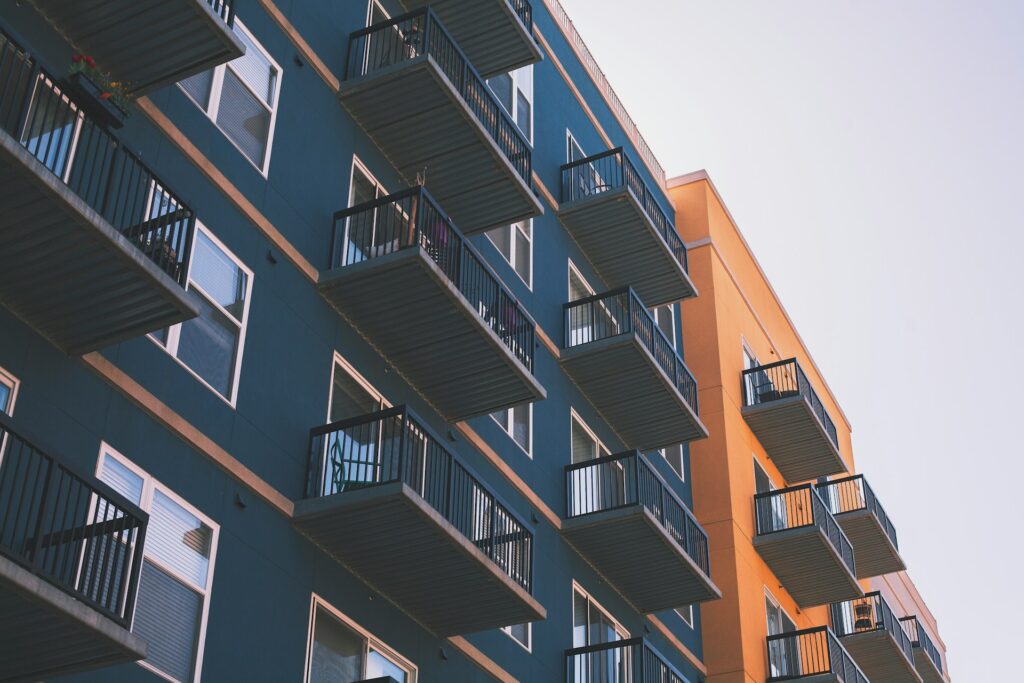Gap Financing in Affordable Housing in Pakistan: Bridging the Housing Shortfall
Property prices are still unreasonably high and millions cannot afford a decent home for shelter in Pakistan.
This problem is now even worse, and it is affecting the low to middle income earners most.
The only apparent solution in this crisis is gap financing in affordable housing an excellent strategic financial tool that can help in solving the problem in making affordable housing projects more feasible.
Since this is a blog, I will be writing on the understanding of gap financing in affordable housing, its efficiency in decreasing housing hence real estate inequality in Pakistan and some strategies on the best approach to usage of the funding strategy.
1. Understanding Gap Financing in Affordable Housing
The other funding model is called gap financing because it fills the gap between the complete cost of housing projects and the amount of money that the developers or homeowners can borrow through conventional credits, grants, or subsidies.
In as much as affordability is concerned, gap financing in affordable housing makes projects possible by bridging the finance gap that various developers face when they are unable to sell units at market price.
The concept of affordable housing has remained a no-go area for many developers and builders in Pakistan because such projects are deemed economically unattractive compared to luxury or mid-segment housing.
Land and construction costs, as well as infrastructure costs, are relatively high, while the target market is characterized by low purchasing power, which makes affordable housing financially unprofitable.
That is why there is gap financing in the first place.
By offering extra resources that may cover the cost that DOF is unable to supply, gap financing also contributes to the increased interest of developers and creation of better homes for low income earners.

2. The Role of Gap Financing in Reducing the Housing Shortfall
Pakistan currently lags behind in meet a demand for more than 10 million housing units and the statistics are aggravated because of increasing urbanization and population rate.
Combined with the growing demand for affordable housing, the deficit in formal housing continues to distance more millions of people from this type of shelter.
gap financing in affordable housing can play a crucial role in reducing this shortfall by addressing two key barriers: funding, development, sources of finance, project viability and economic viability. Here’s how:
Enhancing Project Feasibility
Affordable housing is financial feasible for developers while land and construction costs compromise affordable housing projects.
By using gap financing, the extra money can go a long way in helping defray these costs hence making the projects much more economically possible.
This can also help establish more developers to commit to affordable housing, thus bringing up in the homes for such families.
Improving Affordability for Buyers
Most of the prospective home owners in Pakistan are unable to afford housing at market price even in some established affordable housing projects.
These gaps can be taken to the next level of homebuyers whereby it will make prices lower or mortgages cheaper.
For instance, such subsidized gap financing in affordable housing should include direct subsidies to bring down payments or interest rates to allow low income earners afford homes.
Gap financing can also be useful in the revival of substandard human habitation areas; as we see millions of Pakistani population struggling to survive in very poorly constructed houses.
This way when the government provides funds to these areas to develop infrastructure and to improve houses, it is making these sites more formal, to help the residents without having to evict them.
3. Implementing Gap Financing in Pakistan: The Path Forward
Coordinated action must be looked at in order to strengthen gap financing in affordable housing in Pakistan and this must include the Government, finance institutions, private builders as well as existing International development actors.
Government Role in Gap Financing in Affordable Housing
The government must therefore lead efforts to design and develop gap financing schemes.
This can involve direct grants given to developers, interest-free loans to developers towards affordable housings or arranging a structure where developers can be financially encouraged through LA’s public private partnerships to invest in affordable housing.
Projects such as Naya Pakistan Housing Program are good starts but they also have to be taken further and specifically focus on gap financing so that the demand in the low-cost housing sector is met fully.
Public-Private Partnerships (PPPs)
It has also been seen that gap financing involves partnership between the public and private sectors.
By the use of PPPs the government can offer land or infrastructure incentive while the private developer is responsible for the development and maintenance of affordable houses.
This shared responsibility also minimizes the costs on the side of the developers while guaranteeing that the projects go for the required amount of money and time.
International Development Agencies
Bilateral aid and other players in the development partners can put a significant input in facilitating the technical and financial aspects of the financing of gap financing in affordable housing programmes with help from international financial institutions like the World Bank and the Asian Development Bank.
Low-interest loans, grants or guaranteed funding can be provided by these organization to reduce the funding deficit in affordable housing construction.
Financial Institutions
Mortgages for low-income earners are some of the ways through which the nation’s banks and financial institutions can facilitate housing finance.
This could include affordable, cheap and easy to service loans or credit facilities that take a long time to service on the purchase price of the products.
Under better terms they can also offer construction financing to developers with the kind support of the government.
Conclusion
Thus, gap financing is the most suitable solution for solving the problems of affordable housing in Pakistan.
In this context it can be said that by ensuring that gap financing in affordable housing is the basis of supporting the most necessary investments, which will allow achieving the required price with affordable house building,
Pakistan can solve the housing problem and drastically improve the living standards for millions of people.
While implementation needs to involve the government of Pakistan, local industries and development partners, done right it can create the basis for a fairer housing landscape in Pakistan.
Also read: Bridging the gaps- Stakeholder-Based Strategies for Risk Reduction and financing for the Urban Poor


There are some interesting closing dates on this article but I don’t know if I see all of them middle to heart. There may be some validity however I will take hold opinion till I look into it further. Good article , thanks and we want more! Added to FeedBurner as effectively
Thanks.
My spouse and I absolutely love your blog and find nearly all of your post’s to be just what I’m looking for. Does one offer guest writers to write content for you personally? I wouldn’t mind writing a post or elaborating on many of the subjects you write with regards to here. Again, awesome website!
Thanks.
I like forgathering useful info, this post has got me even more info! .
Thanks.
Some really superb info , Sword lily I noticed this. “Now hatred is by far the longest pleasure men love in haste but they detest at leisure.” by George Gordon Byron.
We are so glad to hear that you found it helpful.
It’s in point of fact a nice and useful piece of info. I’m satisfied that you simply shared this helpful info with us. Please stay us up to date like this. Thanks for sharing.
We are so glad you found the info helpful. It’s great to hear that you appreciate it, and we’ll definitely keep sharing updates like this. If you ever need more information or have any questions, feel free to reach out. Thanks for your kind words and support.
I have read some good stuff here. Definitely worth bookmarking for revisiting. I surprise how much effort you put to make such a excellent informative website.
You’re very welcome. We are so glad you enjoyed the post.